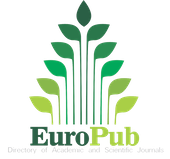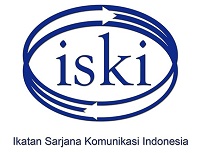Bahasa Rupa Wimba dalam Komik “Flap Book” Anak-anak: Studi Analisis Isi
Abstract
Keywords
Full Text:
PDF (Bahasa Indonesia)References
Bonneff, Marcel. 1998. Komik Indonesia. Jakarta: KPG.
Krippendorff, Klaus. 1993. Analisis Isi Pengantar Teori dan Metodologi. Jakarta: Raja Grafindo Persada.
Rakhmat, Jalaluddin. 1993. Metode Penelitian Komunikasi. Bandung: Remaja Rosdakarya.
Stempel, Guid H. 1983. Analisis Isi. Bandung: Arai Komunikasi.
Tabrani, Primadi. 2005. Bahasa Rupa. Bandung: Kelir.
DOI: https://doi.org/10.29313/mediator.v8i1.1229
Refbacks
- There are currently no refbacks.

This work is licensed under a Creative Commons Attribution 4.0 International License























